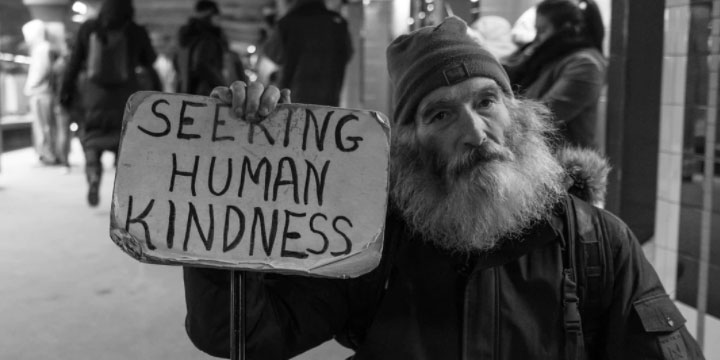
To reduce homelessness, Rhode Island should reduce the minimum wage.
Homelessness may be the most striking issue on the table in the degree to which proposed solutions conspicuously ignore causes. The attitude of the advocates and journalists seems to be that homelessness falls like an original cause on a metro area and can only be addressed through direct government reduction. That’s a careless approach; an extreme circumstance like homelessness in a modern city is some combination of personal, individual challenges and the local economic conditions.
In Rhode Island, one suspects the reluctance to focus on either contributor results from fear that the solutions that emerge will cut directly against the progressive grain of our state’s policies.
For a bit of test dye for this proposition, consider the fascinating and progressively counterintuitive study by University of California San Diego professor Seth Hill that justifies the title of this post. The abstract:
America’s cities continue to struggle with homelessness. Here I offer a fac-tor, the minimum wage, that adds to existing individual and structural explanations. If there are negative distributional consequences of minimum wages, they most likely harm the lowest-skill workers many of whom already face housing insecurity. To evaluate this argument, I study minimum wage changes in American cities and states 2006 to2019. Using difference-in-differences methods for staggered treatments I find that minimum wage increases lead to increased point-in-time homeless population counts. Further analysis suggests disemployment and rental housing prices, but not migration, as mechanisms. Scholars and policymakers who aim to understand and combat homelessness should consider labor market opportunities. Distributional consequences of minimum wage laws also merit further inquiry.
When the subject of the minimum wage comes up in policy debates, those who oppose it frequently insist it will reduce employment and force prices up. Being a human-natural system, the economy doesn’t usually do such things in a direct line. Effects are distributed. To keep his or her own costs down as much as possible in the face of government-imposed increases in the price of labor, the retailer leans on wholesalers and service providers, conserves commodities and utilities, and reduces the amount of employee time used. Meanwhile, those in the economy whose customers now have higher wages (like landlords) find the market price for their goods and services has gone up.
Depending on the size of the increase, minimum wage hikes won’t always jam the entire economic system, but they’ll gum it up over time as such regulations accumulate. The changes are too subtle and dependent on circumstances to capture starkly and immediately (especially in the face of political disagreement), but as Hill notes, the effect rolls downhill. Thus, the increase in homelessness; the real minimum wage is always zero. Hill finds that municipal areas that saw minimum wage increases of $2.50 over the five years from 2013 to 2018 experienced a 14% increase in homelessness. Higher wage raises averaged a 23% increase in homelessness.
Minimum wage regulations forbid workers from agreeing to take jobs at pay rates they otherwise would accept. Whether the correlation to homelessness is as direct as Hill suggests will hopefully come into focus with future research, but it’s certainly the sort of question we should be pondering as it becomes a greater social problem. Unfortunately, many of the loudest voices in politics (often for self-interested reasons) will refuse to believe that any such conclusion is even possible, whatever the numbers show.
Featured image by Matt Collamer on Unsplash.

